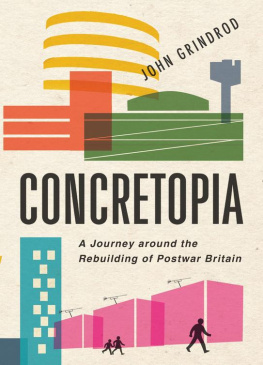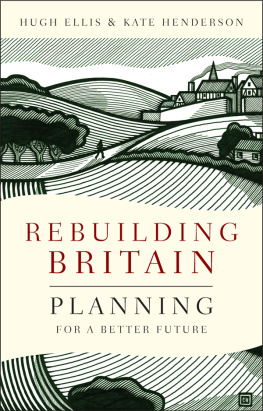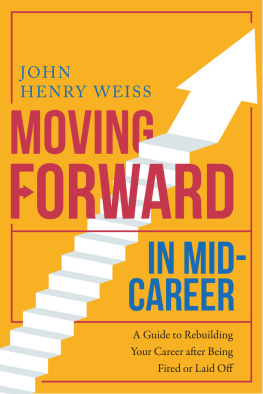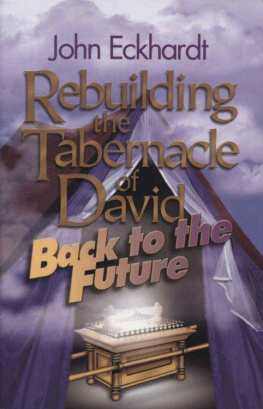John Grindrod - Concretopia: A Journey Around the Rebuilding of Postwar Britain
Here you can read online John Grindrod - Concretopia: A Journey Around the Rebuilding of Postwar Britain full text of the book (entire story) in english for free. Download pdf and epub, get meaning, cover and reviews about this ebook. year: 2013, publisher: Old Street Publishing, genre: Art. Description of the work, (preface) as well as reviews are available. Best literature library LitArk.com created for fans of good reading and offers a wide selection of genres:
Romance novel
Science fiction
Adventure
Detective
Science
History
Home and family
Prose
Art
Politics
Computer
Non-fiction
Religion
Business
Children
Humor
Choose a favorite category and find really read worthwhile books. Enjoy immersion in the world of imagination, feel the emotions of the characters or learn something new for yourself, make an fascinating discovery.
- Book:Concretopia: A Journey Around the Rebuilding of Postwar Britain
- Author:
- Publisher:Old Street Publishing
- Genre:
- Year:2013
- Rating:5 / 5
- Favourites:Add to favourites
- Your mark:
- 100
- 1
- 2
- 3
- 4
- 5
Concretopia: A Journey Around the Rebuilding of Postwar Britain: summary, description and annotation
We offer to read an annotation, description, summary or preface (depends on what the author of the book "Concretopia: A Journey Around the Rebuilding of Postwar Britain" wrote himself). If you haven't found the necessary information about the book — write in the comments, we will try to find it.
Concretopia: A Journey Around the Rebuilding of Postwar Britain — read online for free the complete book (whole text) full work
Below is the text of the book, divided by pages. System saving the place of the last page read, allows you to conveniently read the book "Concretopia: A Journey Around the Rebuilding of Postwar Britain" online for free, without having to search again every time where you left off. Put a bookmark, and you can go to the page where you finished reading at any time.
Font size:
Interval:
Bookmark:
ADVANCE PRAISE FOR CONCRETOPIA
With a cast of often unsung heroes and one or two villains Concretopia is a lively, surprising account of how Britain came to look the way it does.
Will Wiles, author of Care of Wooden Floors
Never has a trip from Croydon and back again been so fascinating. John Grindrods witty and informative tour of Britain is a total treat, and will win new converts to stare in awe (or at least enlightened comprehension) at Crap Towns and Boring Postcards
Catherine Croft, Director, Twentieth Century Society
Fascinating throughout does a magnificent job of making historical sense of things I had never really understood or appreciated This is a brilliant book: a vital vade mecum for anyone interested in Britains 20th-century history.
James Hamilton-Paterson, author of Empire of the Clouds
From the Norfolk birthplace of brutalism and the once-Blitzed city centre of Plymouth, to the new towns of Cumbernauld and Sheffields streets in the sky, a most engaging, illustrated exploration of how crumbling austerity Britain was transformed into a space-age world of concrete, steel and glass.
Bookseller
A powerful and deeply personal history of postwar Britain. Grindrod shows how prefab housing, masterplans, and tower blocks are as much part of our national story as Tudorbethan suburbs and floral clocks. Its like eavesdropping into a conversation between John Betjeman, J.G. Ballard and Jonathan Meades.
Leo Hollis, author of Cities are Good for You
For Adam Nightingale
So we can build a new home for ourselves: a new Britain.
No difficulties, except of our own making, stand in the way.
Knowledge, enthusiasm and unbounded skill
Wait for the opportunity. We alone
The people of this nation are its deciders, it creators, its builders.
A new world we must make: with what success we make it
Rests in ourselves.
The choice is our own.
The future begins to-day.
from Building Britain: 1941, a film script by Thomas Sharp, in
The Town Planning Review, October 1952, p204
- 1. A Holiday Camp All Year Round:
The Temporary Building Programme and Prefabs (194451) - 2. A Decent Start in Life:
Garden Cities and the First New Towns (194651) - 3. A Real Effort to be Jolly:
The Festival of Britain on Londons South Bank (1951) - 4. An Architects Dream!:
Rebuilding Blitzed Plymouth and Coventry (194062) - 5. A Touch of Genius:
Herts, Minds and Brutalism (194954) - 1. A Flying Saucer Taking You to Mars:
Glasgow, King of Comprehensive Development (195765) - 2. A New Dimension Added to the Street:
Sheffields Streets in the Sky (195761) - 3. A Wild and Romantic Place:
Arndales and Urban Motorways (195965) - 4. A Natural Evolution of Living Conditions:
Newcastle Gets the System Building Bug (195969) - 5. A Contemporary Canaletto:
How Office Blocks Transformed our Skyline (195675) - 6. A Village With Your Children in Mind:
Span and the Hippy Dreams of New Ash Green (195772) - 7. A Veritable Jewel in the Navel of Scotland:
Cumbernaulds Curious Megastructure (195572) - 1. A Pack of Cards:
Tower Block Highs and Lows (196874) - 2. A Terrible Confession of Defeat:
Protests and Preservation (196979) - 3. As Corrupt a City as Youll Find:
Uncovering the Lies at the Heart of the Boom (196977) - 4. A Little Bit of Exclusivity:
Milton Keynes, the Last New Town (196779) - 5. A City within a City:
The Late Flowering of the Barbican and the National Theatre (195781)
I t is difficult to understand the place you come from. You grow up so much a part of it, and yet your home, street and town remain mysterious, full of questions no one seems able to answer. Why is one of our bedrooms so small? Why cant we play ball games on that grass? Could we live in a tall block of flats like those kids do? For the most part you put up with these unanswered questions, distracted by the overwhelming banality of real life. We have to keep putting 50ps in the meter under the stairs. Other people own their houses. The buses dont come down this end of the estate. Why? Who knows. These things just are.
I grew up in New Addington. The place has always felt odd, like an inner-city housing estate abandoned in the country outside Croydon. I remember my O-level geography teacher arriving at a lesson in 1985, armed with an AV trolley and the ominous words, I think youll find this very interesting. When she pressed play on the Betamax recorder, a scrawny man in seventies clothing popped up on the screen, describing a town planning experiment that had gone horribly wrong. Then a caption: New Addington. There was no reaction from us mainly because at my school to express interest, surprise or engagement of any sort was a fatal sign of weakness but that programme did something to me that a decade of geography lessons had entirely failed to do. It made me think. As the presenter made his way around the estate over the next half an hour, I felt increasingly as though I were listening to a surgeon explaining my symptoms to a group of medical students while I lay there with my gown open. What did he mean? Sure, New Addington was far from perfect, but what was so wrong with it? There it was, acres of it, getting on with inertly just being there and we, the class of 1985, were all its children. If this was bad planning, did that make us bad people from a bad estate?
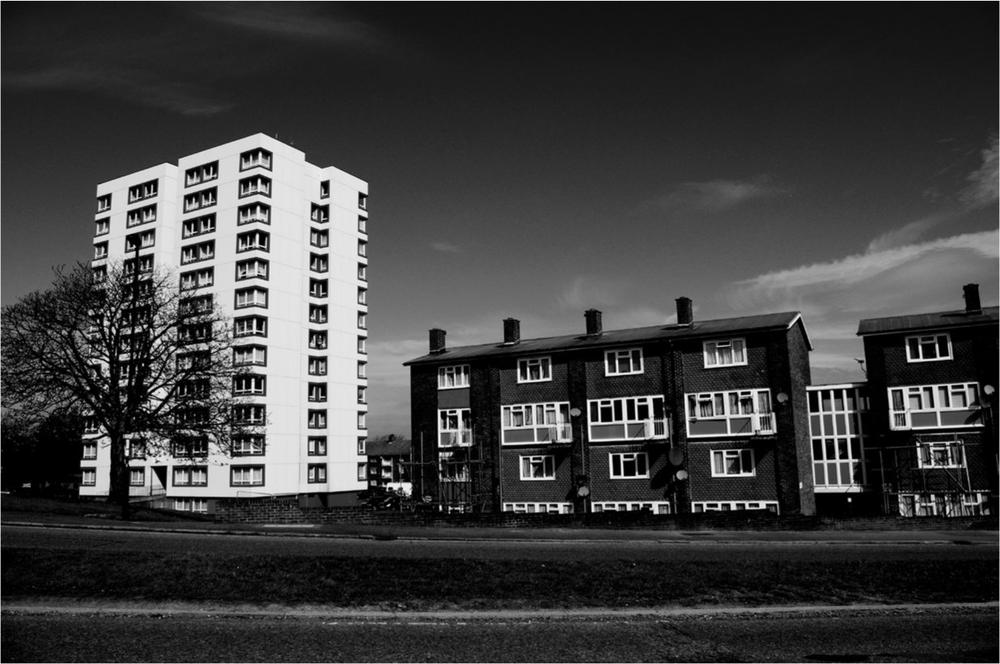
A bad estate?
Tower blocks mingle with low rise flats in New Addington.
In all likelihood you have not heard of New Addington. It has few claims to fame. The most enduring export of this south London estate of 22,000 people is the Croydon Facelift, the no-mercy ponytail worn by strung-out working-class mums from the estate. Racist Tram Woman Emma West source of Twitter outrage in 2011 briefly became its most famous citizen, after a video of her racially abusing a fellow passenger was viewed 11 million times on YouTube. Kirsty MacColl wrote a song about the place: The Addington Shuffle. It seems fitting it was a B-side. And in the summer of 2012, while the Olympics were briefly transforming the rest of London into a zone of peace, harmony and love, a truly dreadful news story kept the residents of New Addington transfixed. Twelve-year-old Tia Sharp was first reported missing from her grandmothers house in The Lindens, and a week later her body was found wrapped in a blanket in the attic. Images of the fruitless searches, the wasted vigils, the shrine to the young girl were shown for days on the news, alongside Olympic champions proudly displaying their hard-won medals a few miles away in Stratford. A case like that does a lot to change a town. Owen Jones, author of Chavs, wrote on Twitter that he felt it said as much about life in poor communities as Harold Shipman did about GPs. New Addington has the lowest voter turnout of anywhere in the south of England, what politics it does have shifting over the years from staunch Labour to a recent flirtation with the far right.
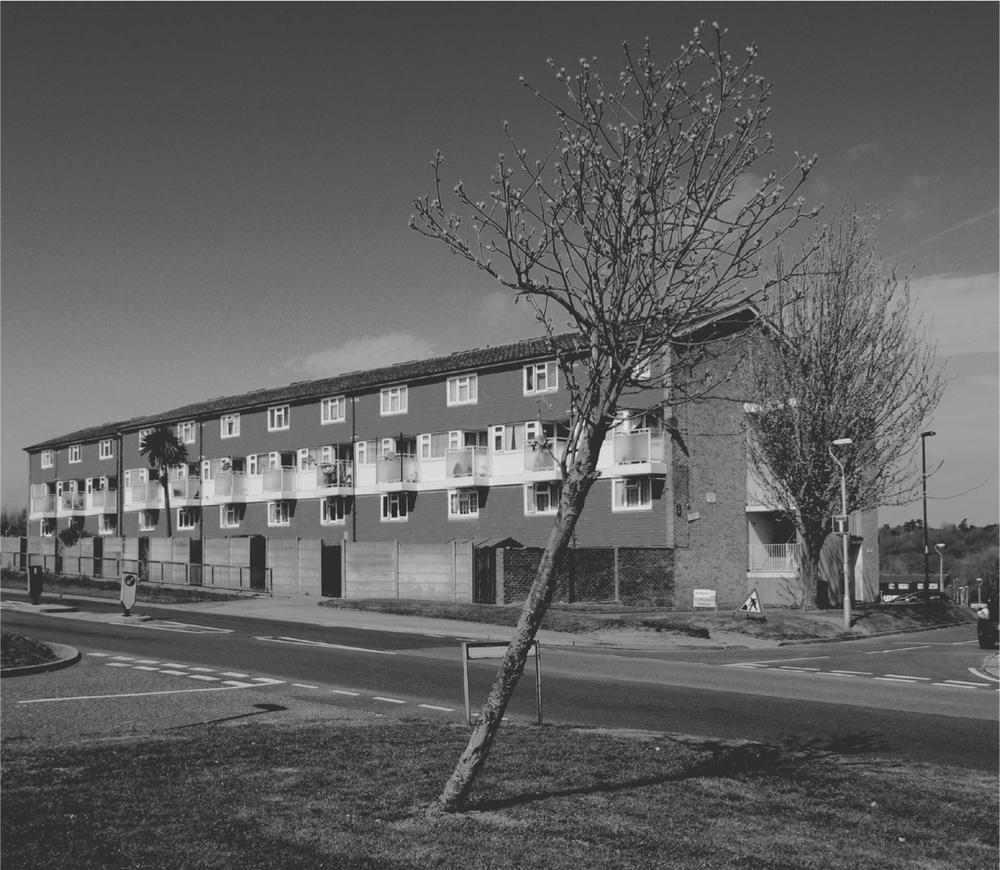
Flats on the Fieldway estate.
The tree gives some idea of the high winds experienced in Little Siberia.
This vast estate was built seven miles outside Croydon town centre, on top of a hill so chilly, windswept and isolated it has earned the nickname Little Siberia. In 1935, just as green belt legislation Relations between the two settlements, ancient village and new estate, have not improved over time.
Font size:
Interval:
Bookmark:
Similar books «Concretopia: A Journey Around the Rebuilding of Postwar Britain»
Look at similar books to Concretopia: A Journey Around the Rebuilding of Postwar Britain. We have selected literature similar in name and meaning in the hope of providing readers with more options to find new, interesting, not yet read works.
Discussion, reviews of the book Concretopia: A Journey Around the Rebuilding of Postwar Britain and just readers' own opinions. Leave your comments, write what you think about the work, its meaning or the main characters. Specify what exactly you liked and what you didn't like, and why you think so.

